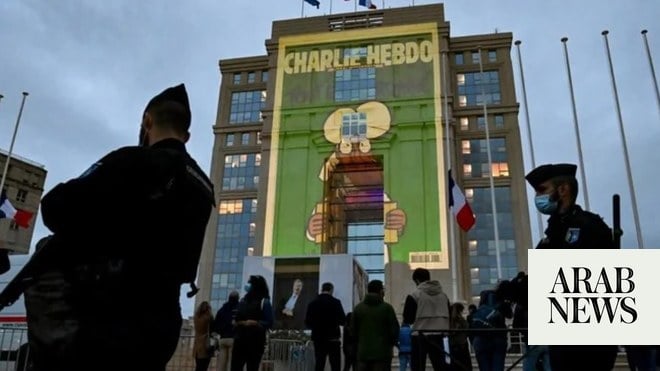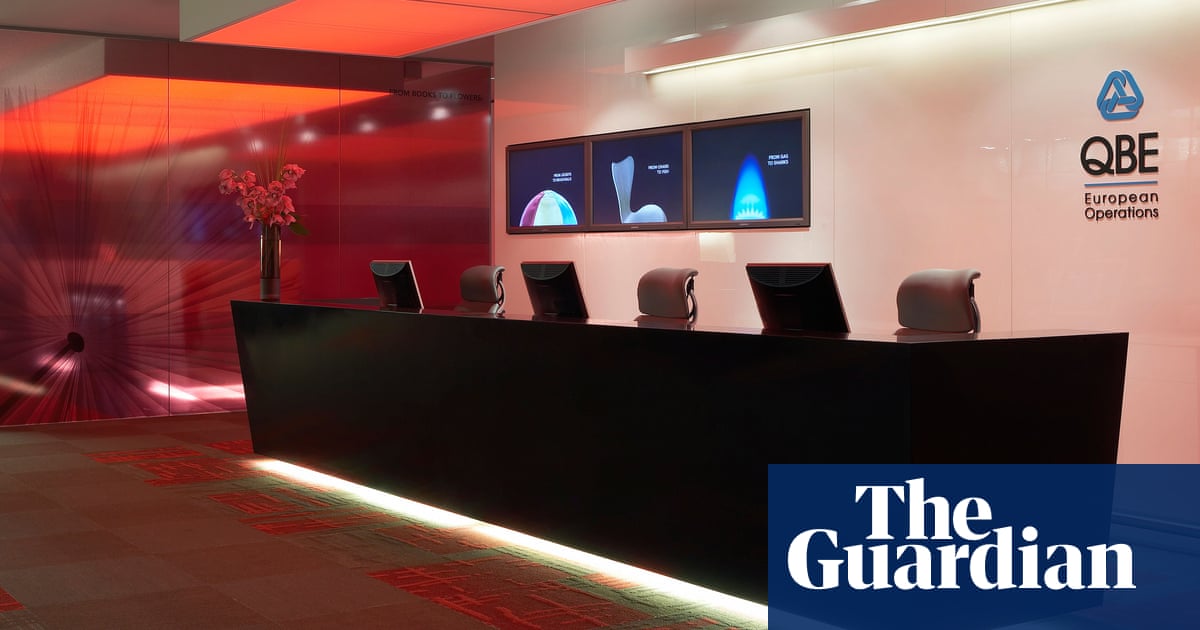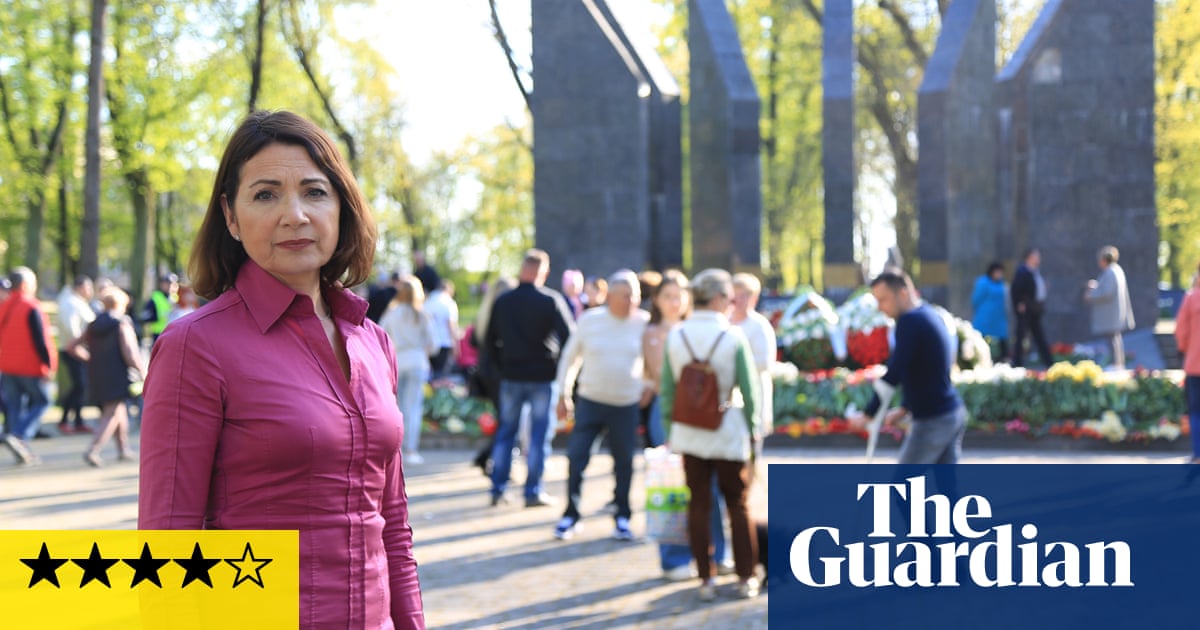
A survivor of the Charlie Hebdo massacre has described how Islamist terrorists forced her to open the door of the satirical newspaper’s offices at gunpoint as they arrived to murder 11 people.
Corinne Rey, a cartoonist known as “Coco”, told a Paris court she was convinced she was about to die as the brothers Chérif and Saïd Kouachi entered the building saying: “We want Charlie Hebdo.”
Rey’s dramatic evidence came on the fifth day of the trial of 14 suspects accused of complicity in the killing of 17 people in a three-day wave of attacks in Paris in 2015. The Kouachi brothers killed 11 people, including a maintenance man, at Charlie Hebdo, and assassinated a police officer outside.
The following day, Amédy Coulibaly killed a police woman before storming the Hyper Cacher kosher supermarket on 9 January, killing four people and taking customers hostage. The Kouachi brothers were killed in a police shoot-out after hiding out in a print works north of Paris. Coulibaly was killed when police stormed the supermarket.
In her evidence on Tuesday, Rey said she had been at the weekly editorial meeting on 7 January 2015 “where we spoke about Michel Houellebecq’s book that had come out that day and about youngsters going off to jihad” but had left early to pick up her toddler daughter from the nearby creche.
As she was leaving the building in Paris’s 11th arrondissement she came face to face with the Kouachi brothers, one of whom took her arm while the other stood the other side of her.
“They had their guns pointed at me,” she told the court. “They said, ‘We want Charlie Hebdo, we want Charb [Stéphane Charbonnier, a cartoonist, later killed by the brothers].’ I was totally distressed.”
Thinking she was about to be killed, she dropped to her knees and placed her hands on her head. “I thought I would die, executed there on the first floor,” she said, weeping.
Instead, one of the gunmen told her: “Stop joking or we’ll kill you.”
The Kouachi brothers had forced her up to the second floor of the building telling her: “You have insulted the prophet, we are al-Qaida Yemen,” she said. “They repeated ‘We want Charb.’ I was devastated. I had a blinding image of my daughter. I tapped in the [door] code. They pushed me inside.”
Rey said she saw them shoot Simon Fieschi, the newspaper’s webmaster, first. Fieschi survived the attack but suffered a devastating back injury.
“I heard a shot and saw Simon fall from his seat,” she said.
Rey recounted how she hid under a desk as the gunmen entered the editorial room. “I heard the noise of chairs, everyone stood up. I heard shots ... they said Allahu Akbar. I was shaking under the desk, others came to join me and hid behind a cupboard.
After the gunman left she described seeing “the bodies, one after the other” and her colleagues’ terrible injuries.
Asked about the threats made to Charlie Hebdo after it printed controversial cartoons of the prophet in 2006, she replied: “We’re in France, we can work in peace. Who could have known that these Islamists would decide to act.”
Rey added: “No one can be in my place at that moment, no one can imagine that strike, that cold blood. They wanted to kill, you could feel it in their gestures, in the way they spoke, in the way they shouted: ‘Charb.’
“I felt helpless. It’s the helplessness that is the hardest to go through. I felt full of guilt. It was very hard.”
Sigolène Vinson, a former lawyer and freelance writer who contributed occasionally to Charlie Hebdo, broke down in court as she recalled how Chérif Kouachi, thought to have been the principal gunman, followed her behind a wall where she was cowering and killed a colleague.
“The gunman had his weapon against my forehead. I could see his eyes. I had the impression he was wondering who I was. He shook his head and leaned towards me. I accepted I was going to die and told myself it was my turn. I thought of those close to me. A bullet in the head is quick. I was waiting for him to kill me, he had a gentle look, soft eyes and he asked me to calm down. I am sorry to have though he was gentle, but that’s really how he seemed to me, except when he said that what I was doing was bad ... he said if he saved me, I must read the Qur’an. He said he didn’t kill women.”
Climbing over the bodies of her dead colleagues she said she called the emergency services. “I called them to say ‘they’re all dead’. From the back of the room, I heard: ‘No, me I’m not dead’. It was Riss (Laurent Sourisseau, editor and cartoonist).”
She added that the gunmen had shot staff dead without asking who they were.
“They didn’t know who they were killing; they were killing those who had drawn the prophet,” she said.
Earlier on Tuesday, the court heard how the Kouachis had at first gone into the wrong offices.
A woman working in a neighbouring building described how the gunmen first entered there by mistake. When they realised and left, she said she and colleagues had put down the security grill and turned off the lights. “We wanted to alert Charlie Hebdo but we didn’t have the number,” she told the court.
The Kouachi brothers then entered the next door building, shooting dead a maintenance worker, Frédéric Boisseau, a father of two.
The previous day, the court had been shown police photographs of the scene inside Charlie Hebdo’s offices after the killings.
Stéphane Charbonnier had been shot seven times at a distance of less than 10cm, a police expert said. Other newspaper staff had also been shot at close range.
CCTV footage in black and white but with no sound was played showing the moment the Kouachi brothers entered the newspaper offices. The attack lasted just 1 minute and 49 seconds. A second video, in colour and with sound, showed the police officer Ahmed Merabet being shot at close range as he lay injured on the pavement outside.











